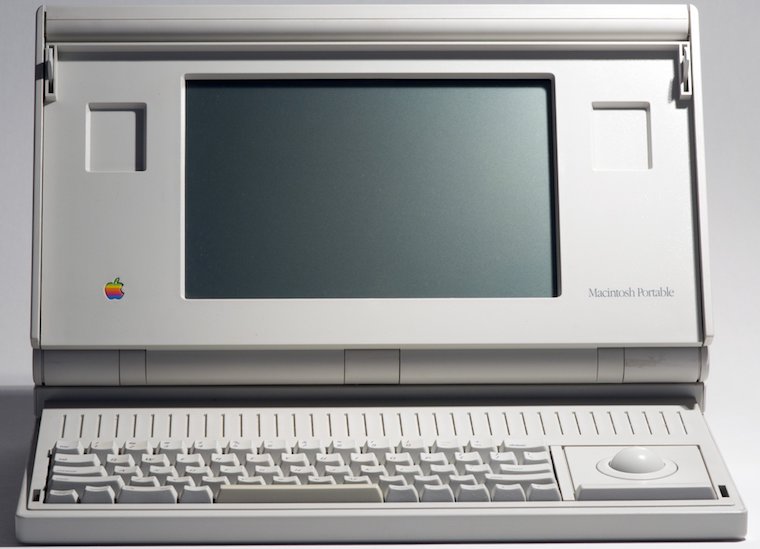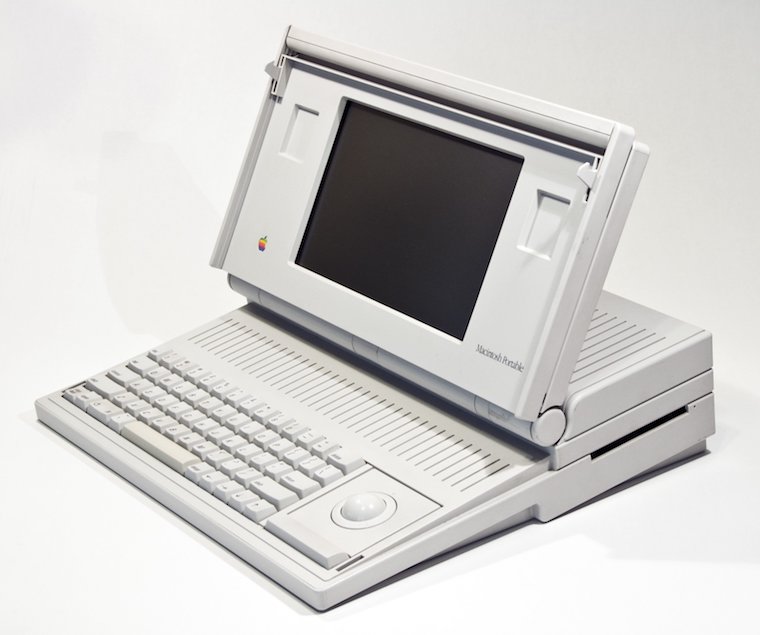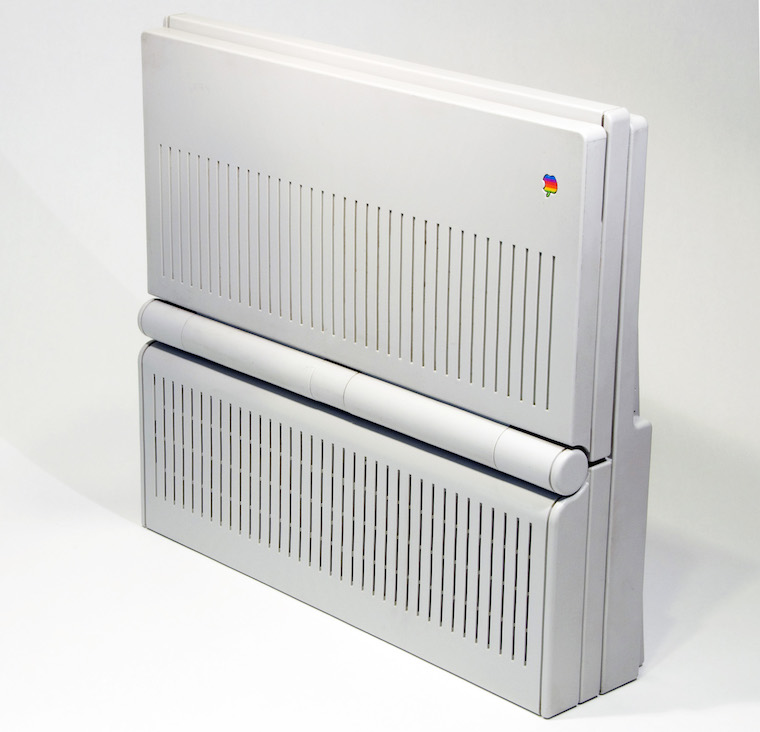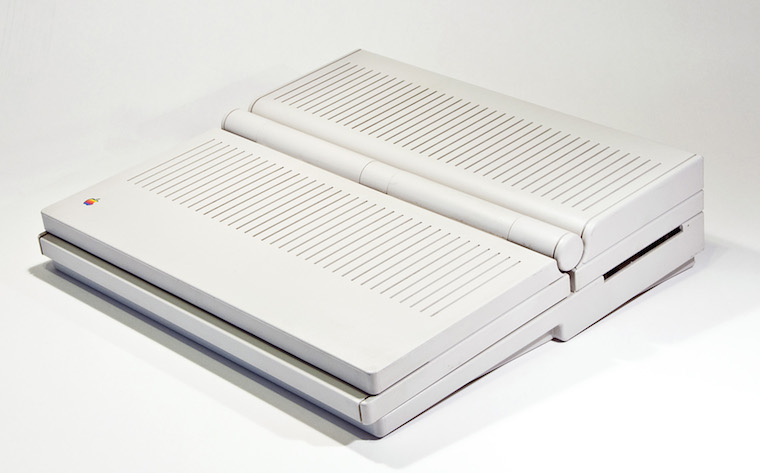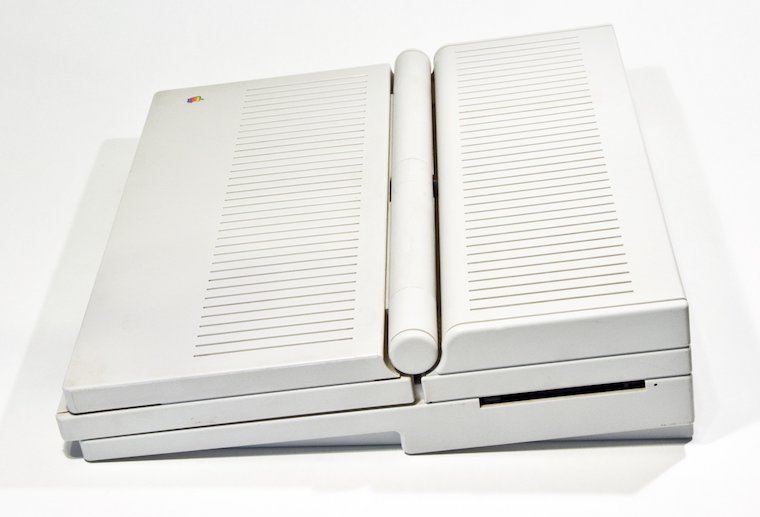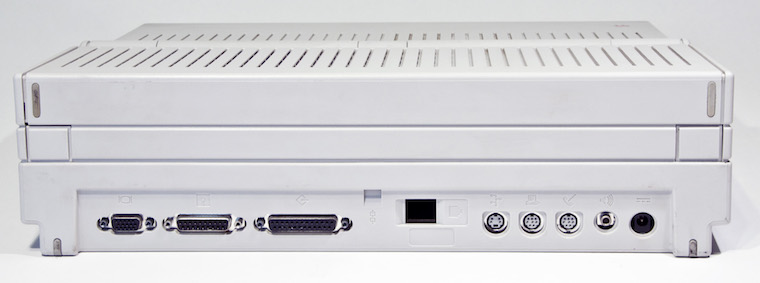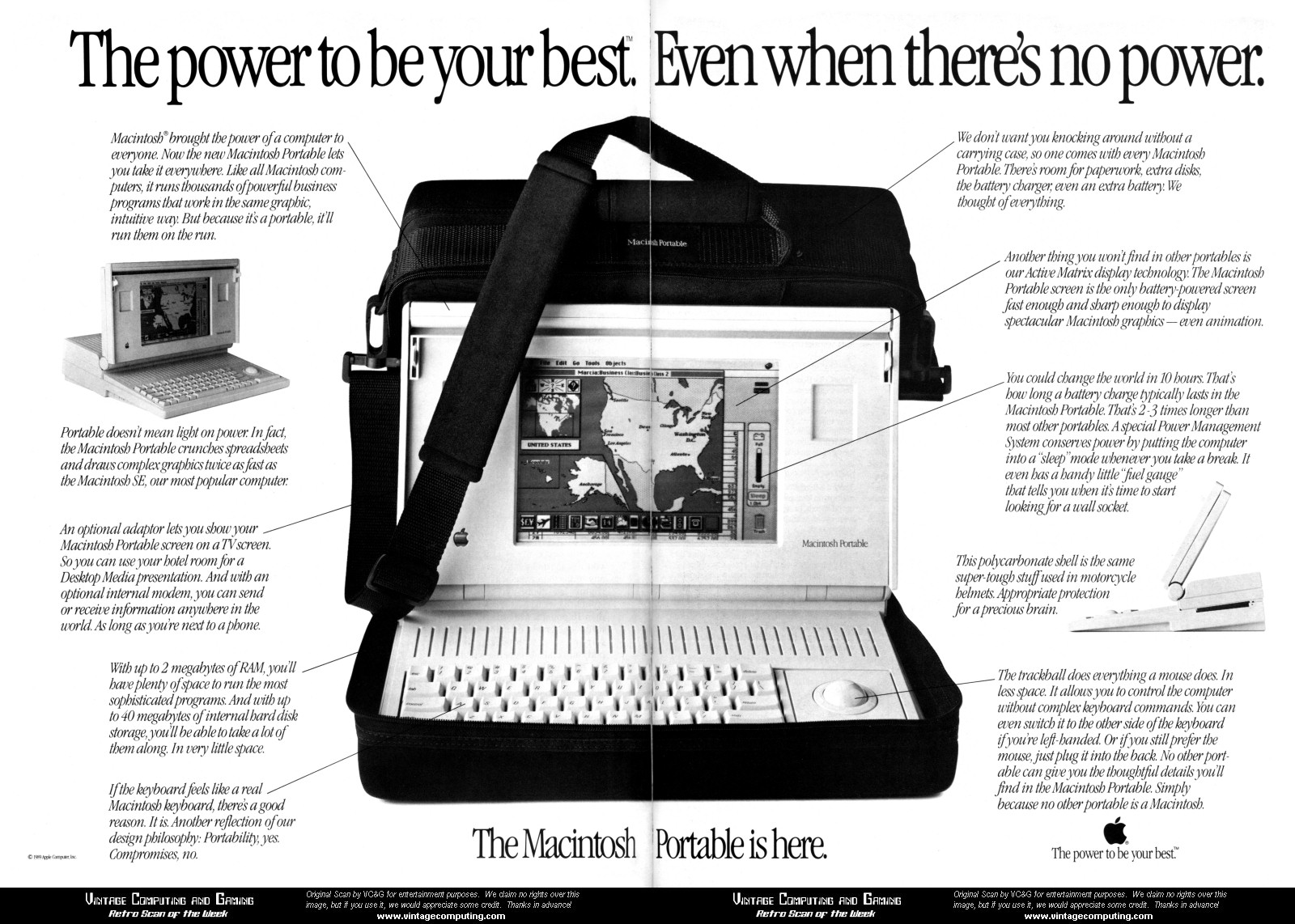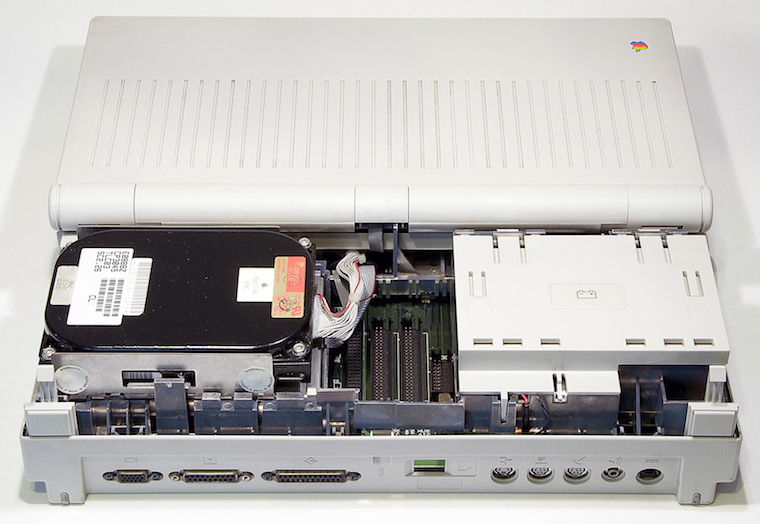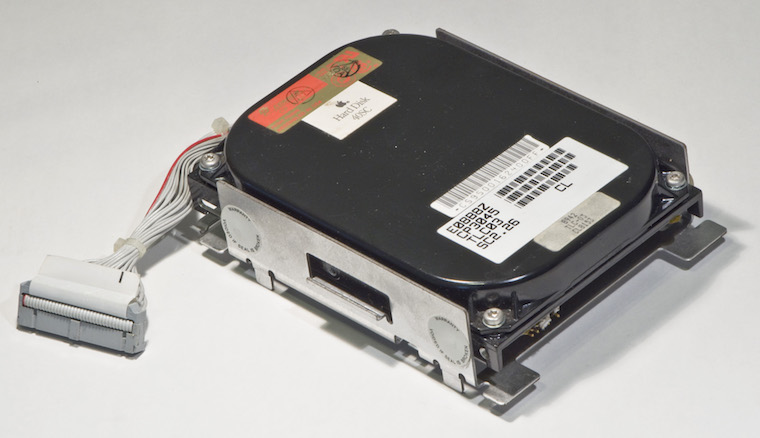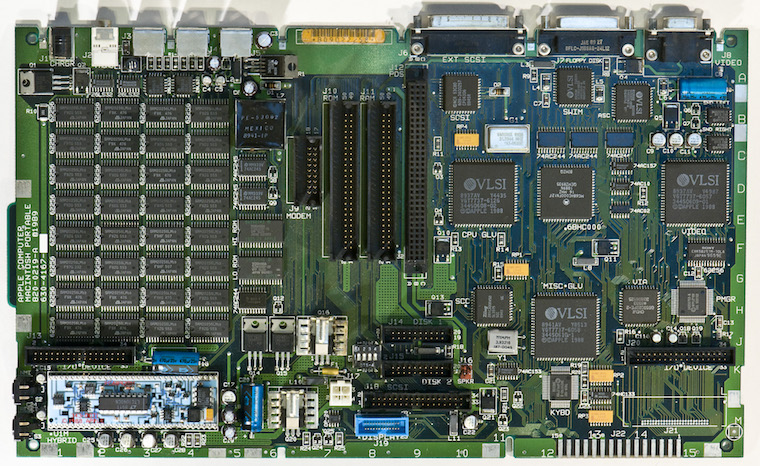Mobility has always been important, and its importance has grown over the years. At Apple, they were very well aware of this and tried to meet the need for mobility even before they introduced the PowerBook or MacBook to the world. The Macintosh Portable, Apple's first portable computer, was introduced in the late 1980s.
It could be interest you
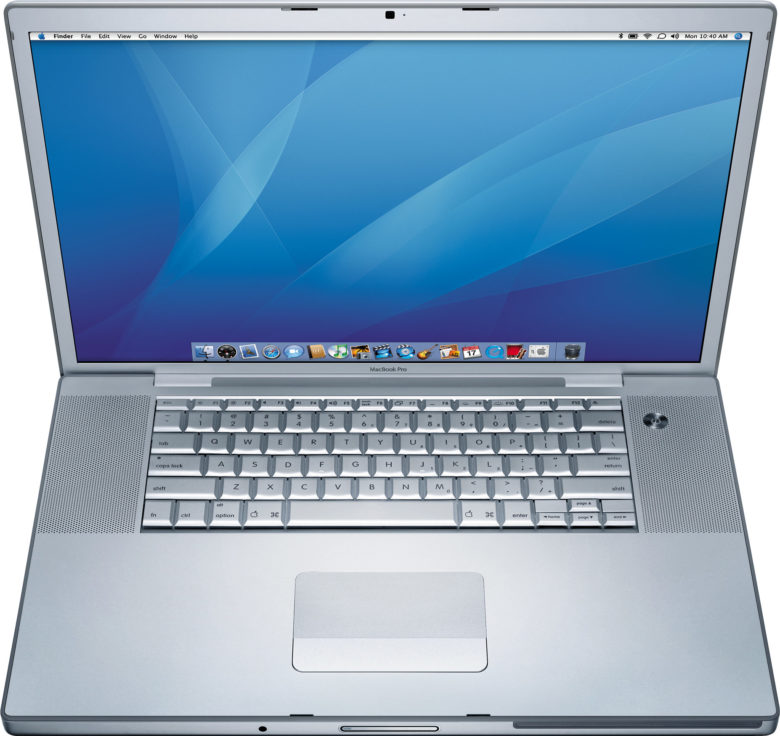
"Let's Call Him BookMac"
The year 1989. A coup is about to take place in what was then Czechoslovakia, the murderer Ted Bundy is sentenced to death by electric chair in the United States, Steffi Graf and Boris Becker win the Wimbledon title, and Apple launches a portable computer powered by a powerful battery.
The development of the portable Mac is a relatively old affair - initial work even began before the first Macintosh was released, and Apple's Jef Raskin had quite clear ideas about the portable Macintosh. However, plans for its release were pushed to the background when Steve Jobs took over the Macintosh project. The only step towards mobility was the 1984 Macintosh with a handle for easier portability.
In April 1985, Steve Jobs came to Apple's board of directors with a proposal to develop a portable computer called "BookMac". However, the project was not implemented due to Jobs' resignation from the company. Gradually, Jobs' idea was transformed into a project called Macintosh Portable.
A portable Mac in theory
Compared to today's Apple laptops — especially the ultra-light and ultra-thin MacBook Air — the Macintosh Portable of the day was big and heavy. Its weight was an incredible seven kilograms, its thickness was ten centimeters, and it took up quite a lot of space.
In addition to mobility, the first portable Mac also boasted significantly advanced technologies, which was understandably related to the "premium" price. The Macintosh Portable was available at the time for $6500, adding a hard drive and user modem was an additional $448. In short, it was a highly superior computer in all respects.
Inside the Mac
With a 16 MHz 68000 CPU, the Macintosh Portable was significantly faster than the Mac SE or Macintosh II, the computers that dominated Apple's desktop lineup at the time. It included an active-matrix display with a diagonal of 9,8 inches with black and white graphics and a resolution of 640 x 400 pixels. As part of a later computer update, the display was enriched with backlighting, which had a significant impact on battery life.
Thanks to the expansion slots, upgrading the Macintosh Portable was a relatively easy matter. The computer was opened by pressing two buttons on its back - completely without the need for a screwdriver.
Understandably, the Macintosh Portable also faced some criticism - it mainly concerned the impossibility of functioning exclusively when connected to an electrical network. The gigantic battery provided ten hours of operation on a single charge.
Too soon for a laptop?
In fact, the Macintosh Portable was no different in its characteristics from other Apple products - it was innovative, slightly imperfect, but unconditionally loved by a certain group of users. Unfortunately, however, it was too early to become an unequivocal and widely used hit.
However, Apple's current income from the sale of portable electronics - including laptops and tablets - indicates that in Cupertino, already in the last century, they knew well what the consumer market would demand in the future and set out on the right path.
